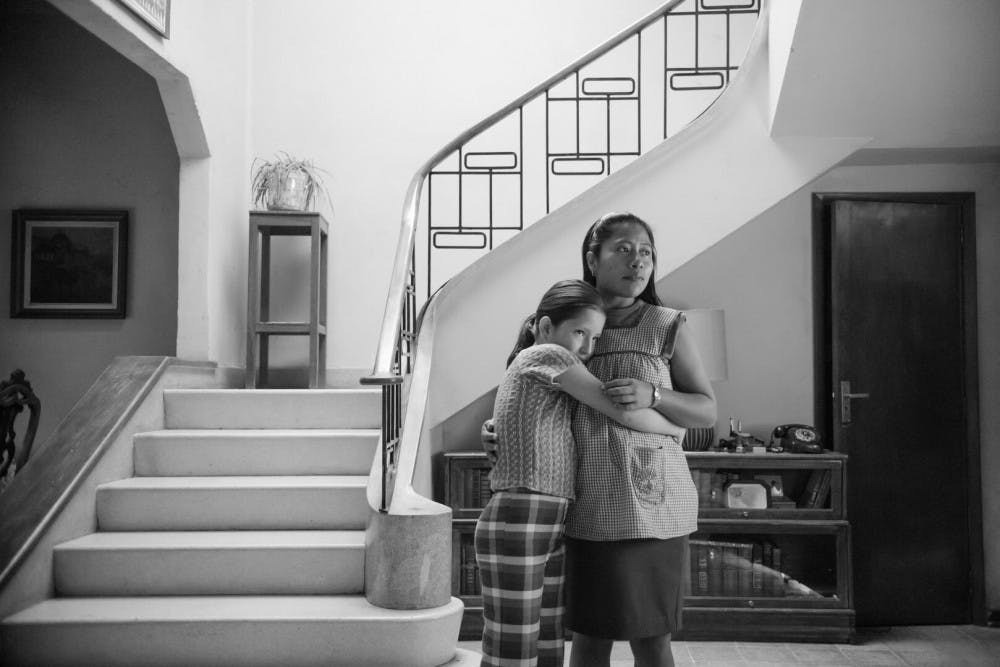The are major differences between watching a movie in a theater and on Netflix. In a theater, there are less distractions, better sound and an atmosphere that makes watching more fun. Not to mention the quality of the motions are better. That’s why if you’re watching Roma, you need to see it on the big screen.
Every person reading this collectively sighed because every media outlet has told them that. Well, as a person who watched it on Netflix without hooking it up to the TV, this film begs the attention of large format viewing — or at least as large as you can get it. But if you are not lucky enough to be near a theater showing Alfonso Cuarón’s masterpiece, follow this guide to format your television.
But not even a small format can strip away the artistry in Roma. The film follows the life of Cleo (Yalitza Aparicio), a housekeeper for a middle-class family in a suburb of Mexico City during the wars in the ’70s. When Cleo becomes pregnant, she struggles with bringing a child into a world of pain and discrimination.
The film is based on Cuarón’s own life. The character of Cleo was derived from Cuarón’s nanny and housekeeper Libo, who also got pregnant during his childhood. Roma is the closest the Gravity director has gotten to documenting his own life, making the intimate portrayal special. Though it is set decades ago, the black-and-white film uses the past as lens to talk about the present — namely the way women are treated by men and raising children among world chaos. Cuarón’s take has the social consciousness of Vittorio De Sica’s Bicycle Thieves and the autobiographical approach of any of Federico Fellini’s work.
The impact of the film really comes out of nowhere. It is subtly brought into focus through dialogue. It’s almost as subtle as the set dressing, which is what makes this film so beautiful. Each frame of the movie could be a standalone photograph, and those could be sold for thousands of dollars each. But it’s the plot that reels you in. Soon viewers find themselves latched onto Cleo, the mother, Sofia (Marina de Tavira), and the children. Roma is a modern neorealist film, showing life as it is. But Roma never ventures into a world of only pessimism. It stays optimistic, which is why the film means more now than ever before. People need optimism in a world of turmoil. By the end of the film, there are tears streaming down your face because of how well it represents life.
There is not a better word to summarize life than “contradictions.” Where there’s celebration, there’s despair. Where there’s life, there’s death. Life itself is full of color, but Roma is restricted to variations of two colors. In one scene, you can see all of those contradictions. They’re clear as day, and they bring a lot of sense to the grand scheme of life. It’s those contradictions and the way they represent the world that makes Roma one of the best films of the year.
Roma is available to stream on Netflix.






